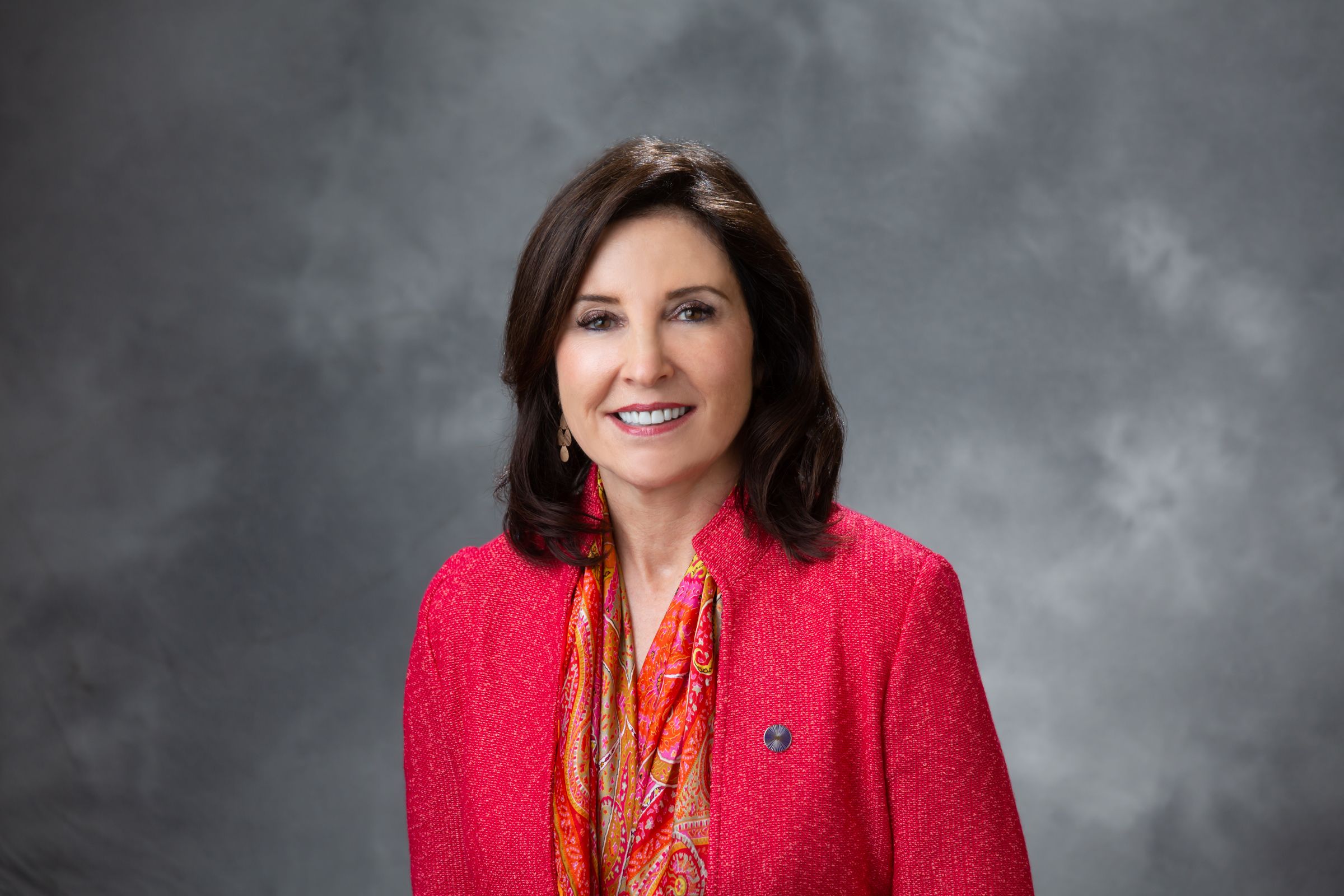Article
AAO president paving a leadership path for women in ophthalmology
Author(s):
Anne L. Coleman, MD, PhD, shares advice for others who are interested in pursuing a leadership role based on 5 dimensions of centered leadership.

This article was reviewed by Anne L. Coleman, MD, PhD
Becoming a leader does not come naturally to most people, especially women who have tended over the decades to be relocated to lower levels in organizations. Anne L. Coleman, MD, PhD, professor of ophthalmology, Stein Eye Institute, University of California, Los Angeles, has paved a path for women to follow to help them identify and hone their leadership skills.
The most recent data are showing a trend toward more women becoming doctors in Ophthalmology, in 2012 (21.5%) to 25.6% in 2019 compared with the respective data from men, 77.4% and 74.2%. Interestingly, the medical school data show equal numbers of men and women now, Coleman recounted.
Coleman

She is the fourth female president of the American Academy of Ophthalmology (AAO); the others were Susan Day, MD, in 2005; Ruth Williams, MD, 2012; and Cynthia Bradford, MD 2017. Coleman will be followed by Tamara Fountain, MD, in 2021.
The dimensions of leadership
For women who are interested in pursuing a leadership role, Coleman recommended the book, “How Remarkable Women Lead.”1
The book presents the five dimensions of centered leadership, i.e., meaning, framing, connecting, engaging, and energizing. “Using this centered-leadership framework can help increase your output and enable your talents to be put to good use along with your desire to lead,” she said.
“Meaning” is what inspires women to be leaders, specifically, what guides their careers, sustains their optimism, generates positive emotions, and enables them to lead with creativity and talent in profound ways, Coleman described.
When relating this to the AAO, she pointed out that the mission of the academy—which is to protect sight and empower lives—is a strong mission and serves to help inspire the prior female presidents in AAO since they focused on advocating for members, patients, and the public.
The aforementioned and the upcoming female presidents served within AAO in varying roles as chairs of various committees and secretaries for various services. “These positions all focused on the mission of the AAO and as chairs or secretaries, we were involved in contributing to the mission and ultimately were given the opportunity to be the Academy President,” she commented.
“Framing” is the ability to look at situations positively and not with negative expectations. Coleman noted that to sustain herself on the path to leadership, a woman must view situations clearly, avoid downward spirals, and adapt and implement solutions.
“Connecting” is the practice of establishing meaningful connections in order to develop sponsorship and followership. “We don’t do it alone. We collaborate with colleagues and supporters with warmth and humanity,” she said and went on further to explain that unexpected connections can assist in the launching of careers.
“Engaging” is taking ownership of opportunities along with risks. “Leaders must find their voices. In order to lead, leaders must be heard and must learn to face down their fears,” she said and advised women to practice often using their voice if they feel uncomfortable about doing so.
“Energizing” requires succeeding in the long term and accommodating family and community responsibilities. She advised that women look where their individual energy emanates from, what makes them happy and gives joy—focus on that and say "no" to tasks that do not inspire or get help doing them both at work and with family and friends.
The AAO has a leadership development program that has increased the number of doctors who are nominated to participate from 16, only 2 of which were women in 1999, to 19 in 2019, 9 of which were women. “Overall, 33% of the participants in the program have been women. The leadership program is a great way to develop skills, make connections, and learn what energizes people,” she said.
Coleman concluded, “There are many pathways and ways to be a leader in Ophthalmology. The organization Women in Ophthalmology is a great place for women to engage, start finding their voices, connect, learn to frame situations, be energized in terms of balancing likes and dislikes and reaffirm their meaning or what is important to them, which is the most crucial step in becoming a leader.”





